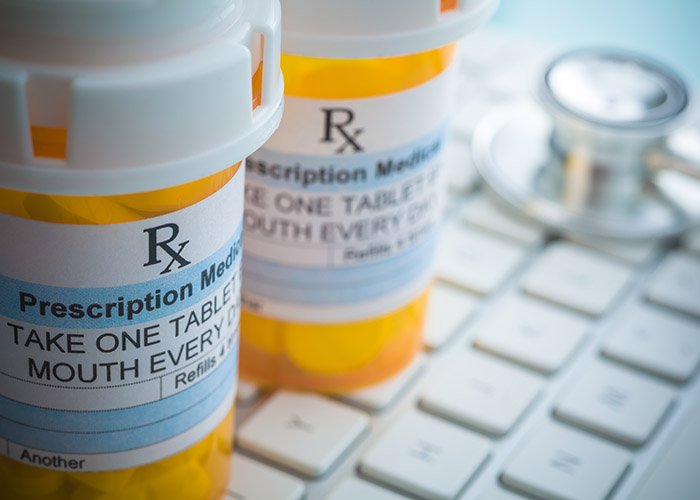One of the barriers to stemming the rise of resistance to antibiotics is their overuse, and often this is because bacterial and viral infections have very similar symptoms.
If a patient comes into a GP’s office with respiratory symptoms that won’t go away, it’s difficult to tell if it is a viral infection or an associated bacterial infection.
Without a swab that needs to be sent off to a lab for testing, GPs often don’t have a definitive answer and often antibiotics are prescribed “just in case.”
Identify the virus or bacteria in the GP surgery
Researchers at IMB are working on ways to be able to capture and identify bacteria from infections within hours instead of days.
These molecular tools are improving doctors’ ability to identify viral or bacterial infections more quickly and efficiently – the hope is that doctors can test patients at the GP’s surgery or in an emergency and find out straight away if their illness is caused by a virus or a bacterium.
In this way, only patients with bacterial infections will be given antibiotics, plus an antibiotic specific to the bacteria with which they are infected.

Two-thirds of antibiotics are wrongly prescribed
Antibiotics don’t cure everything, only infections caused by bacteria.
“Probably two-thirds of antibiotics are inappropriately prescribed,” Associate Professor Mark Blaskovich, Director of the Centre for Superbug Solutions, said.
“Colds and flu are caused by viruses, so taking antibiotics does not speed up your recovery.”
Sometimes, we feel so ill that we just want a quick fix, but if you have a cold or the flu, the only treatment is painkillers to reduce your fever, rest and plenty of fluids.”
